Namgyeseowon Confucian Academy [UNESCO World Heritage] (남계서원 [유네스코 세계문화유산])
11.2Km 2024-01-08
8-11 Namgyeseowon-gil, Sudong-myeon, Hamyang-gun, Gyeongsangnam-do
Namgyeseowon Confucian Academy was established in 1552 as the second Confucian academy in Korea after the Sosuseowon Confucian Academy located in Yeongju, Gyeongsangbuk-do. Seowon refers to a private educational institution of the Joseon period founded to perform Confucian rituals and nurture talent. “Namgye” is named after the Namgyecheon Stream flowing in its front. It was destroyed by in 1597 during the Imjin War (1592-1598) and rebuilt in 1612. Located on a low hill, it provides an open view of Gaepyeong Hanok Village beyond the field and the stream.
Jirisan Chilseongyegok Valley (칠선계곡(지리산))
12.0Km 2022-07-29
Chuseong-ri, Hamnyang-gun, Gyeongsangnam-do
+82-55-970-1000
Chilseongyegok Valley is the most beautiful valley in Jirisan Mountain, and is one of the top three valleys in the nation, along with Cheonbuldonggyegok Valley in Seoraksan Mountain and Tamnagyegok Valley in Hallasan Mountain. The 16-kilometer valley stretching from Uitan of Macheon-myeon to Cheonwangbong Peak is characterized by very tough topography but beautiful scenery and is the only remaining primeval forest of Jirisan Mountain. It is also dotted with seven waterfalls and 33 ponds. The hike becomes more difficult as the trail enters the valley. Because the valley has taken many lives, some people call it "The Valley of Death." For that reason, visitors must apply in advance and hike with a guide. The trail in Chilseon Valley is a 9.4-kilometer course from Chuseong Village in Macheon-myeon to Cheonwangbong Peak, which does not follow the natural valley, due to the valley's steep and dangerous features. Starting from Chuseong Village, the trail passes Yongso Pond, Jujiteo Site, Chuseongmang Rock, Seonnyeotang Pond, Ongnyeotang Pond, Biseondam, Chilseonpokpo Falls, Daeryukpokpo Falls, Samcheungpokpo Falls and Mapokpo Falls, all before reaching Cheonwangbong Peak.
Nogane (노가네)
12.4Km 2024-01-08
283 Noegye-gil, Hamyang-eup, Hamyang-gun, Gyeongsangnam-do
Nogane's specialties include samgyetang (ginseng chicken soup) and ori baeksuk (whole duck soup), Korea’s representative nutrient-rich foods that warm up the body and boost stamina. They are even more special because of shingled hedgehogs (with a unique scent, taste, and chewy texture, cultivated in broad-leaved forests) and precious wild ginsengs that are hard to acquire. The representative menu, neungi samgyetang (shingled hedgehog and ginseng chicken soup), has a soft texture from fully cooked large chicken and a rich soup full of mushrooms and chives. Thanks to the taste of the soup, rich with a lot of medicinal ingredients, this restaurant has a constant stream of visitors. Side dishes such as kimchi and pickles that boost the appetite are also neatly served.
Jirisan Taegojae (Jeongilpum Farm) (지리산태고재 (정일품농원))
13.2Km 2024-01-08
39-2 Gaepyeong-gil, Jigok-myeon, Hamyang-gun, Gyeongsangnam-do
Located on a hill overlooking Gaepyeong Hanok Village, this place is popular as it serves as a filming location for many movies and dramas, including "Mr. Sunshine (2018)." It is a unique traditional hanok (traditional Korean house) complex with tile-roofed houses and thatched houses, presenting guests with a quiet night stay at hanok. It consists of Jeongilpum, Traditional Room, Hakseondang, and Chwiundang, with a total of 10 rooms. In particular, thatched houses are a traditional architectural form that is difficult to find elsewhere, so staying over at least once is recommended. It is also famous for its Korean table d’hote restaurant. The traditional Korean food made with seasonal ingredients is served only to in-house guests.
Solsongju Cultural Center (솔송주문화관)
13.2Km 2024-01-26
50-6 Gaepyeong-gil, Jigok-myeon, Hamyang-gun, Gyeongsangnam-do
Solsongju is a liquor distilled after steaming pine sprouts picked from the mountains around Gaepyeong Village from April to May and fermenting them with hard-boiled rice in the crude liquor. It has been introduced several times as a toast at summit dinners and international events. Solsongju Cultural Center, located at the entrance of Gaepyeong Hanok Village, is a space that informs the history and tradition of Solsongju. Park Hong-seon, an Intangible Cultural Property holder with the secret of Solsongju passed down for more than 500 years, has operated this cultural center with her husband for nearly 30 years. Visitors can experience a variety of traditional liquor, including Solsongju, made using traditional tools; Nokpaju, an herbal liquor of the Goryeo period; and Damsol, a rice soju, and you can also try tasting them. These can be consumed as is or as various cocktails. There are four types of cocktails in the cocktail-making experience: Damsol Julep, Solbaram, Damsol Tea, and Damkok.
Gaepyeong Hanok Village (개평한옥마을)
13.3Km 2024-01-31
59 Gaepyeong-gil, Jigok-myeon, Hamyang-gun, Gyeongsangnam-do
Gaepyeong Hanok Village is where more than 60 large and small hanok (traditional Korean house) buildings with over 100 years of history are located within a traditional atmosphere. The village was named Gaepyeong using the letter gae (meaning “stuck between") as it is situated between Deokgaecheon Stream and Silgaecheon Stream. Visitors can observe the typical form of Gyeongsang region's yangban (aristocrat) house in this village, known as the hometown of scholars and writers since ancient times. The historical House of Ildu, which stands out first when entering Jigok-myeon where Gaepyeong Hanok Village is located, was also used as a filming location for dramas such as "Mr. Sunshine (2018)" and "Toji, the Land (2004)." The scenery of the stone walls, in harmony with the antique hanok, offers a calming sensation. In addition, visitors can participate in various experience programs, such as pressed flower craft, dasik (tea confectionery) making, and walking on trails held throughout the village, as well as gochujang (red chili paste) making at Roh's Old House of Gaepyeong-ri, which has the oldest anchae (women’s quarters) in the village.
Jirisan National Park (Hamyang Section) (지리산국립공원(함양))
14.7Km 2021-02-05
Baengmudong-ro, Hamyang-gun, Gyeongsangnam-do
+82-55-970-1000
Designated as the first national park in Korea on December 29, 1967, Jirisan National Park stretches out over 483.022 square kilometers, making it the largest national park among all 22 national parks. It covers Korea’s three southernmost provinces; Gyeongsangnam-do, Jeollanam-do, and Jeollabuk-do, one city, four counties, and 15 districts of eup and myeon. The area in Gyeongsangnam-do has Ssanggyesa Temple, Daewonsa Temple, Beopgyesa Temple, Chilbulsa Temple, and Chilsangsa Temple as well as valleys, falls, and other tourism resources. In particular, famous tourist spots in Hamyang area are Chilseongyegok Valley and Hansingyegok Valley.
Namwon Silsangsa Temple (실상사(남원))
15.2Km 2024-04-07
94-129, Ipseok-gil, Namwon-si, Jeonbuk-do
+82-63-636-3031
Silsangsa Temple was constructed by Monk Jeunggak, as one of nine special temples in the year 828. The temple was established because of the theory of divination, based on topology. The belief held that Korea’s good spirit would be taken away to Japan, bringing bad luck if the temple was not constructed at this particular location. The temple was reconstructed in the 26th year of King Sukjong’s reign (1700) after it was completely destroyed during the Imjin War (1592-1598). However, it was almost burnt down in the 19th year of King Gojong’s reign (1882).
It is presently preserved just as it was during the Unified Silla Kingdom, with its three-story pagoda and its 11 treasures with a total of 17 cultural assets. The entrance of the temple lies in the middle of a rice field and the temple has a pastoral view, surrounded by trees. From the entrance, visitors can cross the half-moon shaped stone bridge to find a remarkable totem pole.
Hamyang Daebong Mountain Valley Resort (함양대봉산휴양밸리)
15.2Km 2025-01-17
331 Byeonggokjigok-ro, Byeonggok-myeon, Hamyang-gun, Gyeongsangnam-do
Hamyang Daebong Mountain Valley Resort is a recreation and tourism complex at the foot of Daebongsan Mountain in Hamyang. This resort boasts an array of attractions, including a mountain monorail and a zipline, offering exhilirating experiences amidst natural beauty. Addtionally, guests can enjoy various accommodation and and camping facilities, along with a forest park, blending adventure and relaxation seamlessly. The zipline itself, positioned 1,200 meters above sea level, spans an impressive length of 3.27 kilometers, providing an unforgettable aerial journey over the landscape.
Seonyudonggyegok Valley (Sancheong Section) (선유동계곡(산청))
15.6Km 2022-08-10
Suwol-ro, Sancheon-gun, Gyeongsangnam-do
+82-55-970-7205
Seonyudong means the place where fairies come down from heaven to play. It has been said that fairies would often come down to the valley to make liquor and store them in flagons. There are some leftover depressions in the boulders which demonstrate there may be some truth to the legend.
Near Seonyudonggyegok Valley, they say that the bamboos and pine trees stay green all year long and wood nymphs fly down to play with each other under the Suwolpokpo Falls in Suwol Village.
![Namgyeseowon Confucian Academy [UNESCO World Heritage] (남계서원 [유네스코 세계문화유산])](http://tong.visitkorea.or.kr/cms/resource/63/2996963_image2_1.jpg)
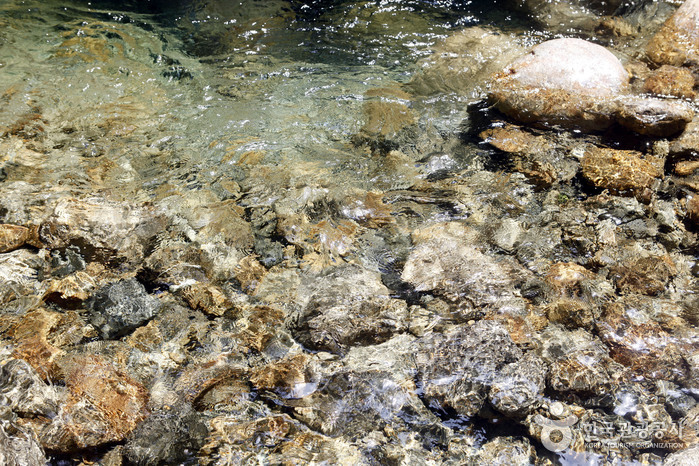
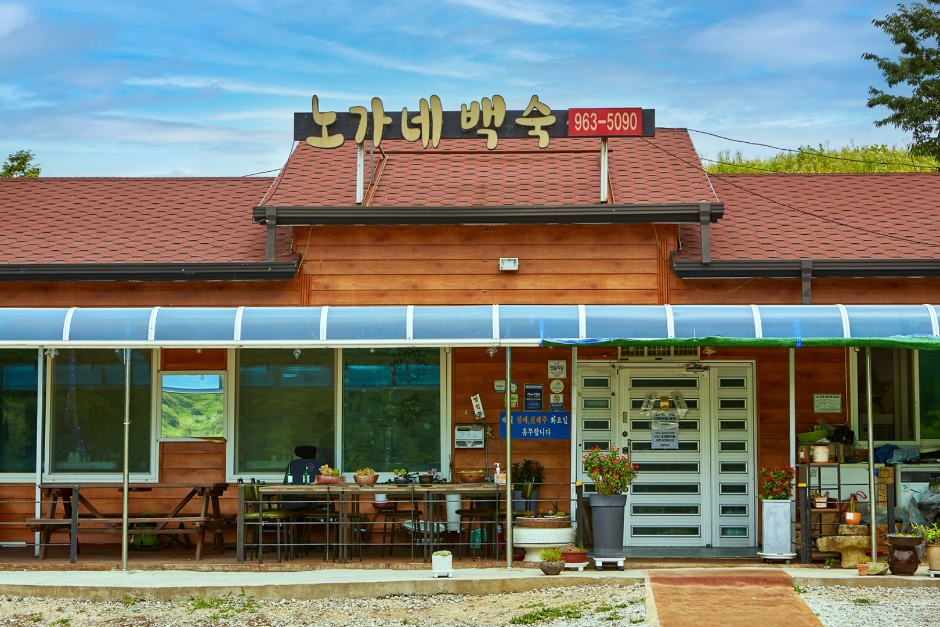

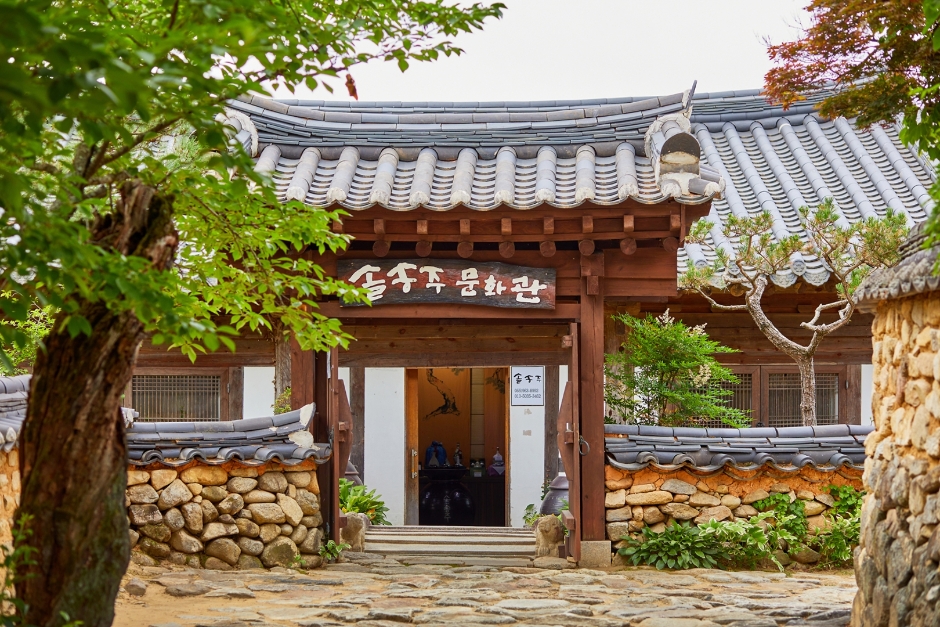
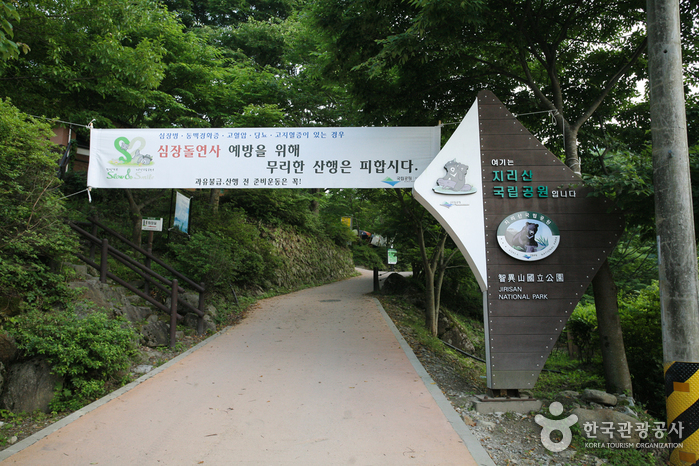
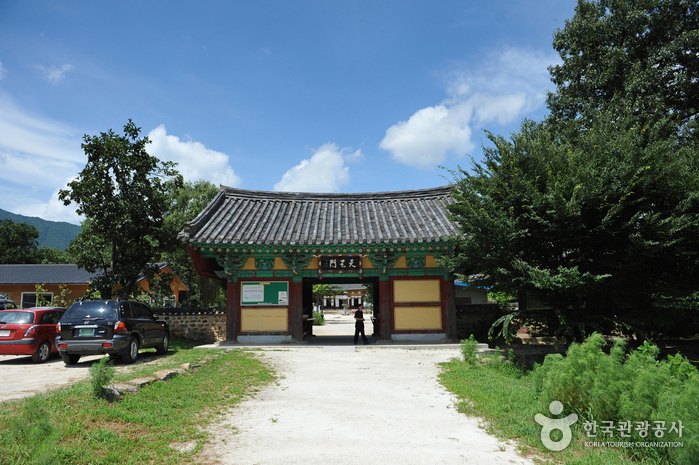
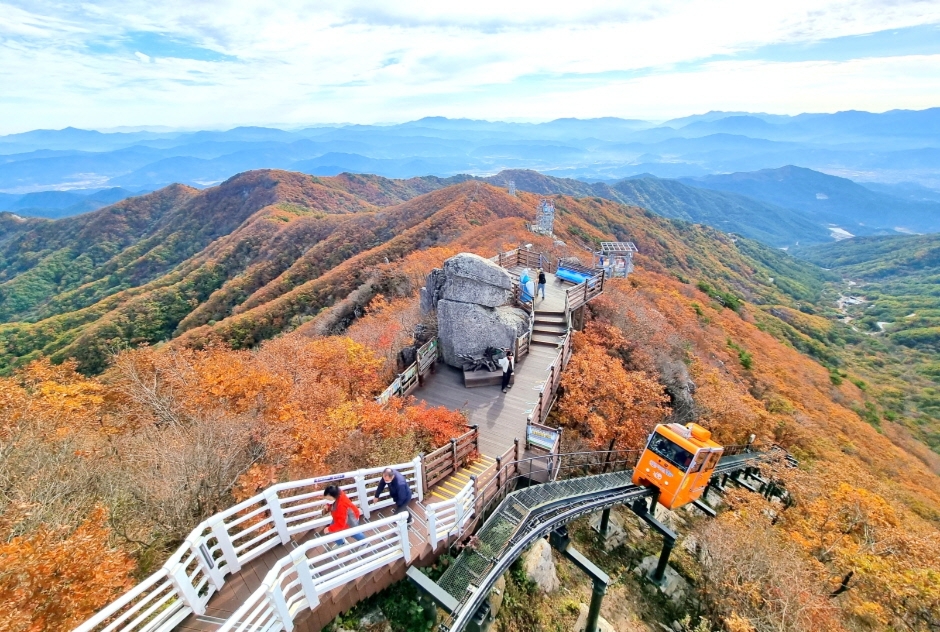
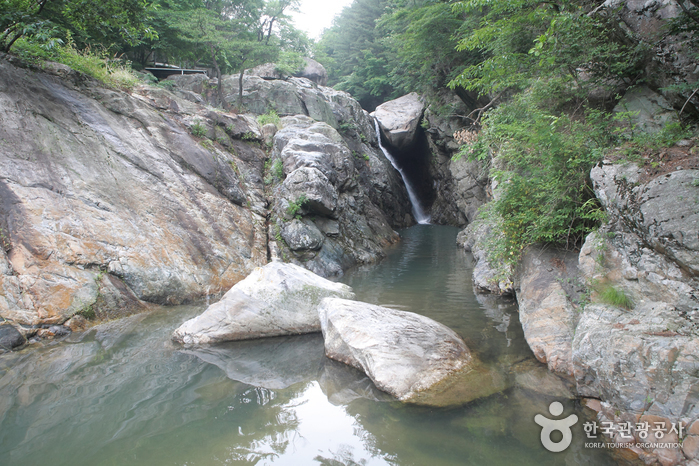
 English
English
 한국어
한국어 日本語
日本語 中文(简体)
中文(简体) Deutsch
Deutsch Français
Français Español
Español Русский
Русский